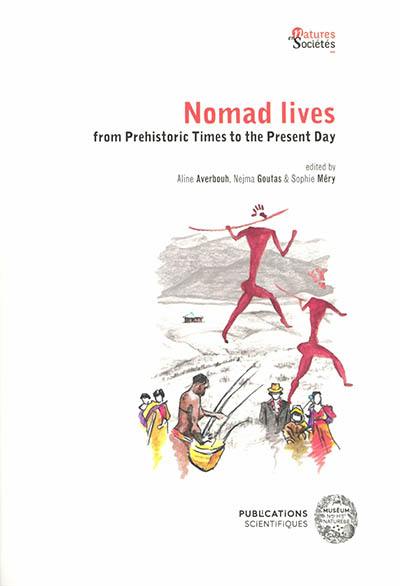
Fiche technique
Format : Broché
Nb de pages : 671 pages
Poids : 1300 g
Dimensions : 17cm X 24cm
ISBN : 978-2-85653-966-8
EAN : 9782856539668
Nomad lives from prehistoric times to the present day
dedicated to Claudine Karlin, research engineer exceptional class at the CNRS
Quatrième de couverture
Nomad lives
From Prehistoric Times to the Present Day
This book illustrates fragments of the lives of past and present « nomadic » peoples, from Africa, Asia, North and South America and Europe, from different angles (habitats, material production, economic and territorial organisation, social organisation, rites and beliefs, art). This way of life prevailed for millions of years before another sedentary way of life gradually replaced it from 9,000 years ago onwards. However, nomads did not disappear. Today they are a minority and are often marginalised, but they are still an integral part of our humanity.
This is the point of view we have adopted in Nomad Lives and we invite our readers to discover women, men and children from all sorts of geographical, climatic, sociological and even chronological horizons, all united by their nomadic lifestyle. This book contains nearly thirty contributions by archaeologists, ethnologists/anthropologists, sociologists, geographers, economists and historians.
However, present-day nomads are not in any way considered as avatars of past nomads, any more than the nomads of today (or yesterday) would be representative of one and the same social and economic organisation, of one and the same relationship to the world. On the contrary, the diversity of the contributions gathered here underlines the plural character of this way of life. Being nomadic, living as a nomad, cannot be defined in a univocal way and throughout the pages a question emerges, simple in appearance but excessively complex in the reality of the peoples themselves and of researchers in human sciences : « What is it to be nomadic ? » It is around this question that the book closes from the combined perspective of an archaeologist, an ethnologist and a sociologist.






